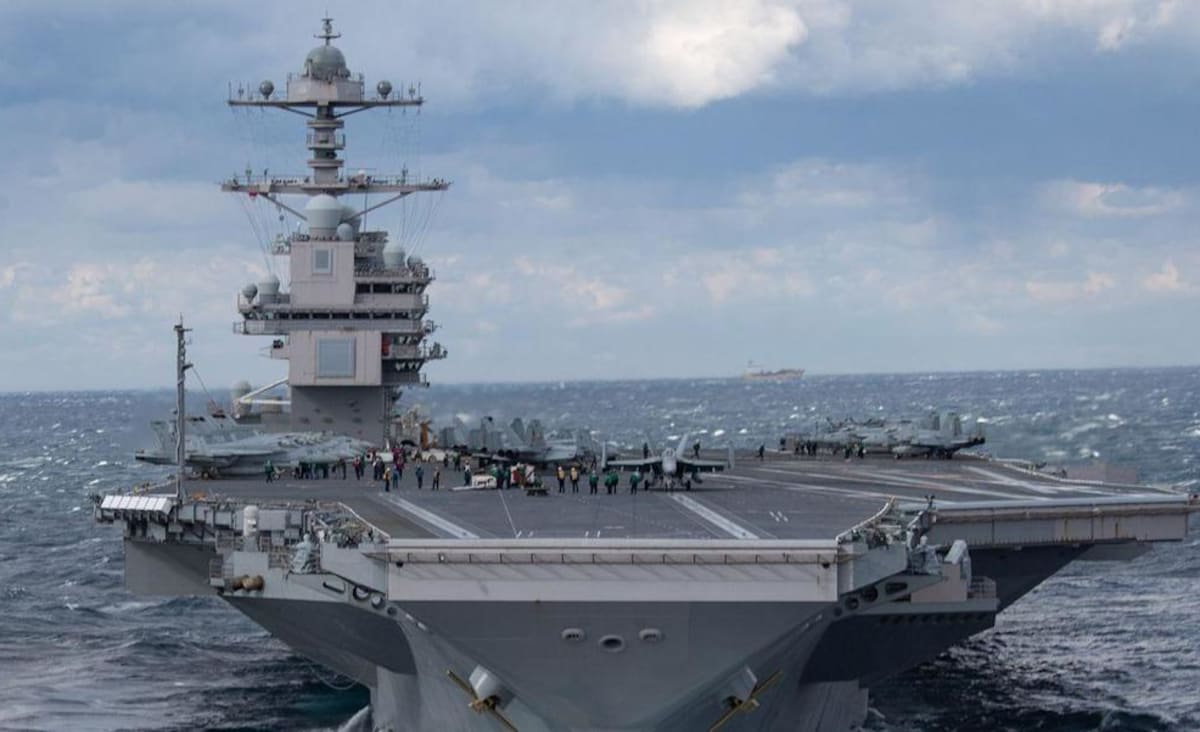
finance.yahoo.com
The Most Expensive Warship Ever Built Is (Finally) Ready for Action
After two decades of development and delays, the transformational ship is prepared for combat.
Science & Tech
The U.S. Navy quietly declared the controversial aircraft carrier USS Gerald R. Ford ready for combat in late 2021.
Ford, whose keel was laid in 2009, suffered from cost overruns and technical headaches that put it years behind schedule.
It’s a mystery why the Navy did not announce the news about the aircraft carrier until now.
The aircraft carrier USS Gerald R. Ford, the most expensive warship ever built, is finally ready for combat duty. The U.S. Navy quietly approved the ship for initial operations capability during the tail end of 2021, with little to no fanfare—an unusual ending to a ship development process that saw more than a half-decade of terrible publicity. Ford will head out for its first deployment later this year, four years later than originally planned.
Gerald R. Ford is the first of the Ford-class aircraft carriers; the class will eventually replace existing Nimitz-class carriers. As the first class in decades, Ford-class ships will integrate a whole slew of new technologies. Ford was designed with a new radar system, the Dual-Band Radar; new electromagnetically-powered aircraft launch catapults and weapons elevators; new aircraft arresting gear; and more. The result was supposed to be a highly efficient warship capable of more aircraft sorties.
Unfortunately, much of the new equipment ran into serious technical problems. While these issues were gradually knocked out, the most pervasive problem—the advanced weapons elevators (AWEs) that lifted aircraft bombs and missiles from the bowels of the ship to the flight deck—was only completely solved last year. The program manager for Ford, quoted in DefenseOne, tied the eventual AWE solution to the ship’s initial-operations-capable declaration.
Initial operations capable (IOC) is a term used to describe new weapons systems that have been certified as cleared for certain combat duties. It does not mean that the weapon system is rated to conduct all of its combat duties, but it can conduct enough of them to be considered deployable for combat. It is not clear what, if anything, is holding Ford back from being considered fully operations-capable.
The U.S. Navy’s 100,000-ton, 1,092-foot-long super-carriers typically take five years to build. Construction on Ford began in 2009, but production difficulties meant she would only be commissioned in 2017, eight years later. Despite commissioning, she would be unable to actually serve as a fleet-ready aircraft carrier until December 2021.
























































